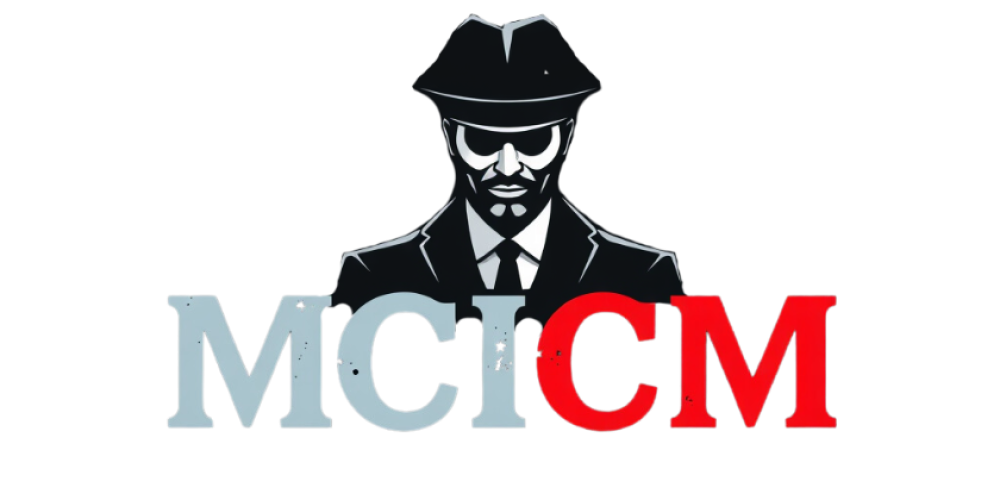00:00 – Introduction
00:49 – “Scarface” – Al Capone
01:40 – “The Chin” – Vincent Gigante
02:32 – “The Teflon Don” – John Gotti
03:26 – “The Prime Minister of the Underworld” – Frank Costello
04:21 – “Ice Pick Willie” – Willie Alderman
05:05 – “The Iceman” – Richard Kuklinski
05:53 – “Crazy Joe” – Joe Gallo
06:40 – “Gentle Don” – Angelo Bruno
07:22 – “Mad Sam” – Sam DeStefano
08:06 – “Gaspipe” – Anthony Casso
08:53 – “The Beast” – Salvatore Riina
09:45 – “The Executioner” – Albert Anastasia
10:33 – “The Grim Reaper” – Gregory Scarpa
11:18 – “Big Tuna” – Tony Accardo
12:03 – “The King of Cocaine” – Pablo Escobar
12:51 – “Machine Gun Jack” – Jack McGurn
13:35 – “The Enforcer” – Frank Nitti
14:17 – “Sammy the Bull” – Sammy Gravano
15:06 – “Johnny Sausage” – John Barbato
15:50 – “The Butcher” – Tommy Pitera
Nicknames in organized crime are more than mere labels—they serve as symbols of power, reputation, and influence. Whether earned through strategic brilliance, an imposing presence, or an infamous legacy, these monikers often define the individuals who shaped the criminal underworld. From Al Capone’s striking “Scarface” to John Gotti’s seemingly untouchable “Teflon Don,” each alias tells a story that extends beyond crime itself, seeping into pop culture and public consciousness. These names reflect not only the character of their bearers but also the era and environment in which they operated. By exploring the figures behind these well-known titles, we gain insight into the intersection of myth and reality in the shadowy world of organized crime.
One of the most recognizable mob nicknames belongs to Al Capone, famously known as “Scarface.” The deep scars on his face, inflicted during a bar fight in his youth, became an emblem of his hardened persona, though he personally despised the moniker. Capone’s legacy, built upon sharp business acumen and strong-arm tactics during the Prohibition era, cemented his status as the quintessential gangster of his time. Similarly, John Gotti’s nickname, “The Teflon Don,” reflected his uncanny ability to evade convictions in the 1980s, reinforcing his larger-than-life presence in the public eye. Unlike Capone, who maintained an air of quiet intimidation, Gotti embraced the limelight, turning his nickname into both a brand and a symbol of his legal invincibility—at least until his eventual downfall.
Some mobsters earned their nicknames through their unique methods of operation. Vincent “The Chin” Gigante, for instance, maintained his grip on power by feigning insanity, walking the streets in a bathrobe to avoid prosecution—a tactic that kept authorities at bay for years. Meanwhile, Richard Kuklinski, “The Iceman,” took a more literal approach to his nickname by freezing his targets to obscure their time of passing, a method that showcased his eerie precision as a contract enforcer. On the opposite end of the spectrum, Frank Costello, known as “The Prime Minister of the Underworld,” wielded influence through diplomacy rather than force, skillfully maneuvering between organized crime and political circles. These names, whether evoking dominance or strategy, provide a glimpse into the diverse personas that ruled the underworld.
Others bore nicknames that emphasized their unpredictable or imposing natures. Joe Gallo’s alias, “Crazy Joe,” perfectly encapsulated his erratic, unpredictable demeanor, which made him a volatile force within the Mafia. Conversely, Anthony “Gaspipe” Casso’s name reflected his explosive temper and relentless approach to business, marking him as one of the most feared figures in the Lucchese crime family. In contrast, Angelo Bruno’s “Gentle Don” moniker illustrated his preference for diplomacy over conflict—though his eventual fate proved that even restraint could not ensure longevity in the Mafia world. The duality of these nicknames highlights the wide range of leadership styles and reputations within organized crime, from the calculated and composed to the unpredictable and impulsive.
While some nicknames were imposing, others carried an ironic or almost humorous tone. “Big Tuna” Tony Accardo, despite his expansive criminal empire, received his nickname from a fishing photo, adding an almost lighthearted twist to an otherwise commanding reputation. Likewise, John “Johnny Sausage” Barbato’s moniker seemed more suited to a chef than a mobster, yet he remained a formidable figure in organized crime. However, figures like Tommy “The Butcher” Pitera and Albert “The Executioner” Anastasia lived up to their ominous titles, their names serving as lasting reminders of their feared reputations. These monikers, whether intimidating or unexpectedly benign, offer a unique window into the history of crime, encapsulating the legacies of men who left an indelible mark on the underworld. Through their names, they live on as legends—both infamous and unforgettable.
source

